![]()
It’s no secret that the Rocky Mountain region of the American West is having one of the worst fire seasons in recent memory. As of July 4th, 2012 there has already been 2.3 million acres burned.1 The 10 year average for burned land per fire season across the West is 2.5 million acres. We’re nearly to this average and we’re only about a third of the way through fire season.
Last year, on July 4th, 2011 Snowbird Ski Area was still open and the mountains of Utah still contained a 100 inch base of snow to melt. This year, the mountains have been melted out since mid-June, with little to no melt water to help the water supply.
The primary cause for this soon to be record fire season is a lack of precipitation. In the map below, you can see monthly precipitation as a percent of normal from January through June. 2
As you can see in the animation precipitation to the Great Basin since January has been trailing off. It’s been incredibly dry for the past 45 days. The last precipitable water Salt Lake City recorded was May 28th. June is the driest on record. Ever. Not a single drop of rain. It has finally rained on July 5th, but 38 consecutive days without water ranks as the 11th longest period without mesurable water at the SLC Airport. 3
Over the past month, Utah has had dozen of fires. You can see in this false color map, all of the areas dotted with brown that have been burned.4 For reference the large lake in the upper left hand corner is the Great Salt Lake.
The moral of the story, is it’s been really damn dry, and there have been a lot of wildfire outbreaks. Crews have been fighting fires with anything they can get their hands on, small planes, tankers, helicopters, fire trucks, on foot – you name it, they’re trying it.
Tuesday evening, the 3rd of July, the Quail Fire broke out North East of the town of Alpine, UT. The fire was on the flanks of Box Elder peak, between the Timpanogos Massif and the mountains of Little Cottonwood Canyon. As of this post, the fire is 2,000 acres and is close to Alpine, and has thankfully yet to burn any houses down. 5
I went down to check out the fire on Tuesday towards sunset, and really was blown away. It was beautiful, breath taking and sad all at the same time. It’s a sight that’s had to explain, but one that is not unlike watching a large waves crash in during an Eastern storm. I sat for hours, mesmerized by the force of nature, and how quickly the fire could spread.
There were a handful of planes taking laps over the boundaries of the fires, dropping fire suppressant in the hopes that they could contain the fire and protect the town at the bottom of the mountain.
In the first picture, a plane has flown to the ridge of the mountain, and started flying down the fire line, dropping red fire suppressant as he flies.
(click the image for a high resolution copy)
In the second image, large swaths of land were already burnt and had turned brown. Within these swaths of land there were still flames coming up in pockets, here one of those pockets ignites and starts burning brightly.
(click the image for a high resolution copy)
And the final image is of two tankers flying out of the smoke and flames. The pilots and fire fighters are truly the ones with everything on the line to protect the rest of us. It’s these people we have to thank for protecting westerners from the flames we’ve helped create.
(click the image for a high resolution copy)
Thanks for reading. I’ll be glad to answer any questions in the comments section below.
Sources
1. National Interagency Fire Center
2. Colorado Basin River Forecast Center
3. NWS SLC
4. USDA Forest Service Georeferenced MODIS Image Subsets
5. Incident Information System
6 Comments
Leave a Reply
|
|||
| Home |

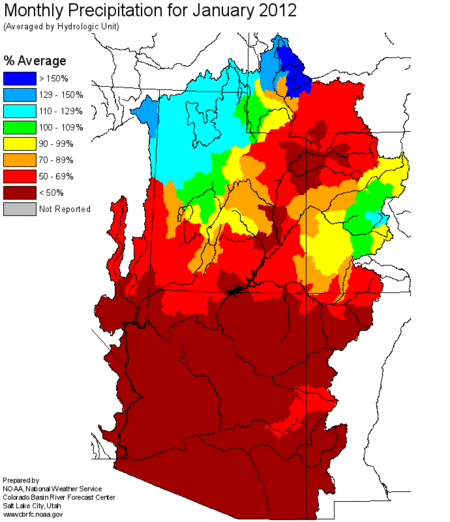

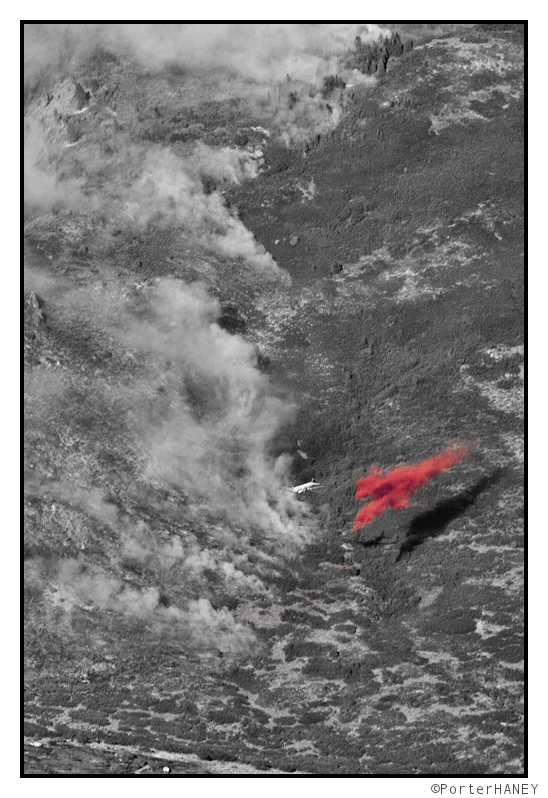
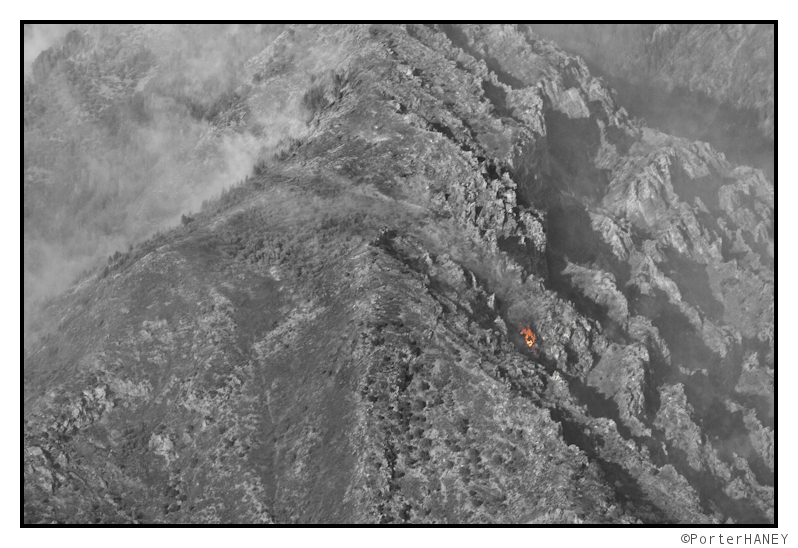
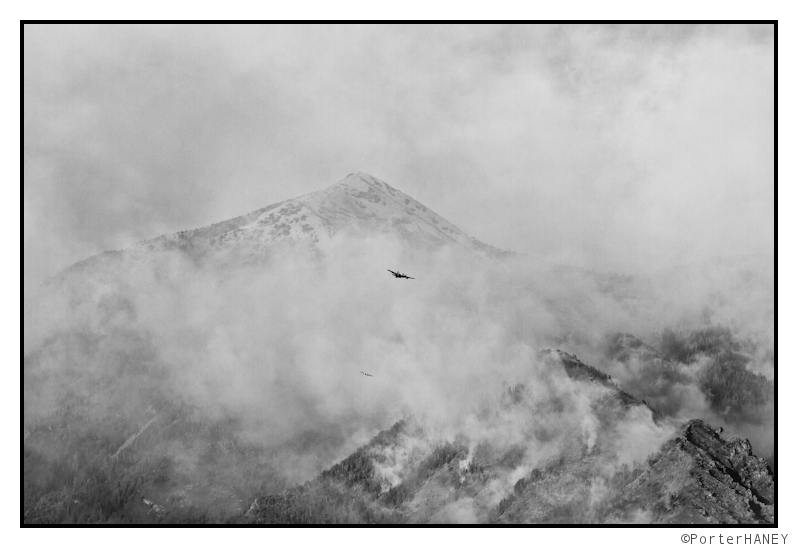


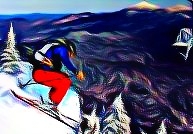


mb
wrote on July 5th, 2012 at 3:24 pmthe selective color in the red slurry drop is awesome
Porter Haney
wrote on July 15th, 2012 at 5:10 pmThanks!
un extreme
wrote on July 12th, 2012 at 11:54 pmA couple thousand acres is no big deal . Up here in the land of un extreme 1 million acres plus just over the hill just 4 years ago . most just accepted it a s part of living in areas surrounded by forests in a dry year . nothing blog worthy .
Porter Haney
wrote on July 15th, 2012 at 5:09 pmuneXterme –
Certainly a few thousand acres is not specifically note worthy by contrast to some of the larger fires that burn. That being said, frequently these smaller fires are in much closer proximity to humans, which makes them easier to focus on.
Porter
georgio
wrote on July 13th, 2012 at 11:18 pmI live in CO, it was really really ridiculously dry until about 2 weeks ago. Since then… so much rain, and not just western afternoon thundershowers, but straight up east coast rain, hours and hours and hours of rain. So, I’m hopefully that July/August will be tamer on the fire front, but I also hope it stops raining so damn much so the climbing gets good again.
Porter Haney
wrote on July 15th, 2012 at 5:10 pmGeorgio –
Agree. It’s been rainy.
One of the main concerns with big rains after a fire is that landslides will start to happen. The scorched earth no longer has trees, roots, and plants to hold it in place. So when it starts to rain, it starts to landslide. I hope we don’t see too many of these this season.
Porter